Australia: Tierra de plagas, pestes y virus
Australia lleva mucho tiempo padeciendo plagas y pestes. Roedores, insectos, enfermedades, sapos venenosos, estrellas de mar venenosas autorreplicantes, bacterias carnívoras, los australianos tenemos todo eso y más.
Se podría pensar que habría algún progreso en la década de 2020. Pero estaríamos equivocados. Últimamente no he dormido bien. Durante meses, mi sueño REM se vio interrumpido por los sonidos de las ratas moviéndose por las paredes de mi habitación.
Estos roedores se instalaron en mi dormitorio de Melbourne a principios del verano, pero innumerables intentos de tapar agujeros exteriores, almacenar comida en recipientes y empapar superficies con amoníaco no lograron silenciar los golpes, los silbidos y los llantos constantes (Incluso con los puñados de semillas venenosas que mi casero dejó con cariño en un viejo recipiente de margarina).
Pero docenas de cebos colocados profesionalmente y $300 después, el ruido finalmente disminuyó.
«Había una cantidad significativa de excremento allí arriba», me dijo el experto en control de plagas mientras bajaba del ático. Parece que se trata principalmente de ratas. Probablemente lo mismo ocurre con los ratones.»
La plaga de los roedores fue la primera de muchas que afectó a Australia. Las ratas y los ratones europeos fueron introducidos por la Primera Flota en 1788, propagando enfermedades británicas a nuestra fauna nativa, destruyendo cultivos y arruinando edificios durante siglos.
Hasta la fecha, para gran confusión de los científicos, las epidemias de ratas sólo han ocurrido en dos países: China y Australia. Las primeras invasiones de ratas ocurrieron a finales del siglo XIX en Australia del Sur y Nueva Gales del Sur, donde los agricultores utilizaron tractores para destruir los nidos de miles de crías fugitivas, y desde entonces han aumentado en frecuencia, incidencia y gravedad.
2021 más calor, más lluvias, más problemas para Australia
Los peores resultados registrados se produjeron en 2021, cuando las fuertes lluvias hicieron que los árboles y los cultivos prosperaran tras años de sequía.
Millones de insectos atacaron y picaron toda la población, por dentro y por fuera de las casas, entraron en los hospitales, picaron a los pacientes, inundaron sus «alfombras» y devastaron los campos en apenas unos días. Esto provocó que la economía perdiera alrededor de mil millones de dólares. Y eso fue sólo una epidemia.
La realidad es que Australia, a pesar de ser una isla llena de herbívoros en su mayoría lindos, tiene una larga historia de ser invadida por criaturas alienígenas, bacterias y virus a instancias de quienes colonizaron.
En 1860, Victoria estaba tan plagada de enfermedades que el gobierno tuvo que construir un hospital de enfermedades infecciosas para combatir la epidemia y tratar a pacientes con difteria, tifoidea, viruela y escarlatina.
Pero después de muchas renovaciones, finalmente se convirtió en una institución mental en 1996, dos décadas antes de que la pandemia de Covid-19 sacudiera nuestro sistema de salud y matara a 20.000 australianos.
Australia tiene un ecosistema frágil al que no le falta espacio, una vegetación increíble y un gobierno imperial estúpido que continuamente introduce animales para el deporte, la agricultura e incluso para actividades policiales y otras plagas.
Cuando la Primera Flota trajo caña de azúcar para plantarla en nuestras cálidas tierras, los escarabajos locales masticaban alegremente los dulces tubérculos. Entonces, en 1932, Arthur Bell, un entomólogo que trabajaba para la Oficina de Experimentos del Azúcar, ideó una solución: ¡anfibios puertorriqueños! Eureka.
Los sapos de caña, una especie venenosa, de rápida reproducción y hambrienta, han sido liberados en la naturaleza (2.400 de ellos a la vez) sin ninguna investigación ni informe sobre el impacto potencial que pueden causar al medio ambiente australiano.
100 años después, estos invasores prácticamente indestructibles se han extendido por todo el país, y algunas comunidades celebran «Días del Sapo» anualmente para que las familias reúnan y sacrifiquen sapos de caña.
Sin embargo, en 2010, el gobierno australiano declaró: «Es poco probable que se logre el control universal de los sapos de caña en toda Australia».
La única especie que representa una amenaza para el sapo de caña es la cigüeña blanca nativa de Australia, que ha aprendido a sacudir el cuello del sapo para liberar sus desechos, dejar todas las toxinas en la piel y luego enjuagarse en el río, lo que lo convierte en un refrigerio seguro.
2024 año nuevo, pestes nuevas (además de las viejas)
En 2024, nuestro ecosistema está siendo estrangulado por innumerables enfermedades, principalmente debido al cambio climático y la búsqueda de formas de sobrevivir y superarlas.
Y los altos dirigentes han preparado el terreno para ello: minería, tala, fracking, perforación, fumigación y ampliación de los recortes de emisiones y de los impuestos a los combustibles fósiles, mientras continúan cometiendo un genocidio contra quienes realmente saben lo que esta Tierra necesita para sanar y sobrevivir.
En enero, según el Departamento de Agricultura, se descubrieron hormigas bravas, «una de las peores especies invasoras que han afectado a Australia», en grandes cantidades retorciéndose y formando balsas en las aguas de las inundaciones en Queensland, mientras ahogaban a nuestras especies nativas.
Durante las vacaciones escolares, la costa de Victoria se llena de cadáveres de polillas de la col arrastradas por las olas. En su etapa de oruga, esta es una plaga común para los jardineros y agricultores, ya que destruye las hojas tiernas de muchos vegetales. Pero el clima más cálido ha alimentado una ola de eclosión de verano, dejando los parabrisas de los autos de lujo que recorren la Great Ocean Road teñidos de blanco.
En febrero, un nuevo estudio global encontró que el aumento de las temperaturas y los ciclos de sequía y lluvias intensas podrían permitir que las langostas se reproduzcan a ritmos bíblicos.
Un enjambre de langostas puede comerse más de 1.000 kg de vegetación verde al día y muchas especies se han comido cultivos por valor de millones de dólares en los ocho mayores brotes de langostas en Australia desde que comenzaron los registros en 1930.
Mientras tanto, nuestros koalas están infectados con sarna, una enfermedad de la piel causada por garrapatas importadas, nuestra población de koalas está amenazada por la clamidia, unos 300 millones de nuestras aves nativas son despedazadas cada año por gatos salvajes y nuestros marsupiales se llevan la carne. Comen la bacteria que causa la úlcera de Buruli, que llegó a Australia desde África occidental a través de mosquitos.
Más que nunca, parece que se acerca el día en que Australia quedará completamente sumergida en un vórtice de plagas y tendremos que pagar para ahuyentar a las ratas de nuestras casas, disparar moscas desde helicópteros e ir a cazar sapos en familia.
La próxima vez que escuche una rata en su techo, quiero que piense detenidamente.
Fuente de la Información: https://www.ecoportal.net/paises/australia-plagas/
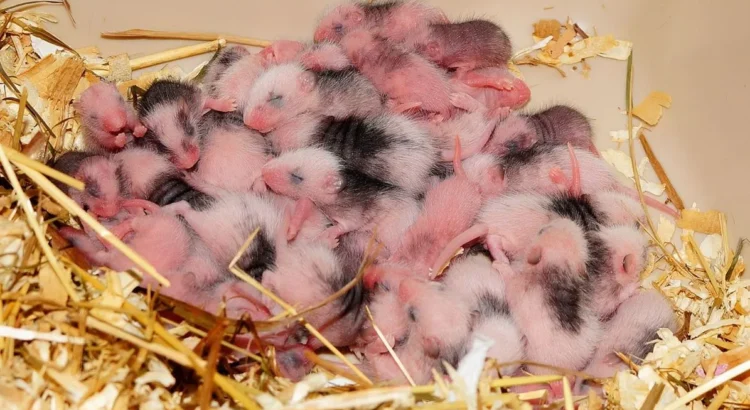

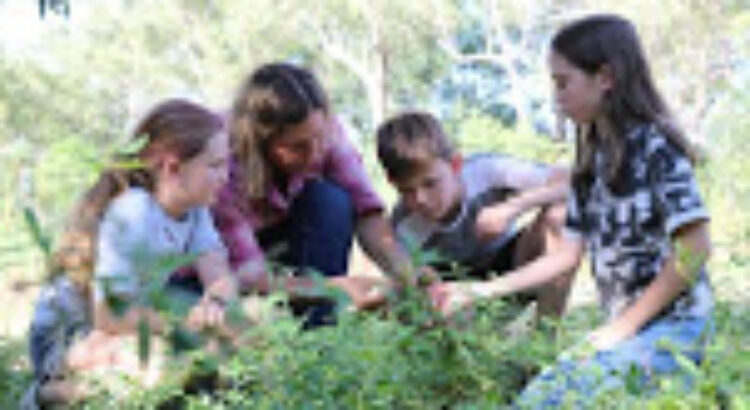
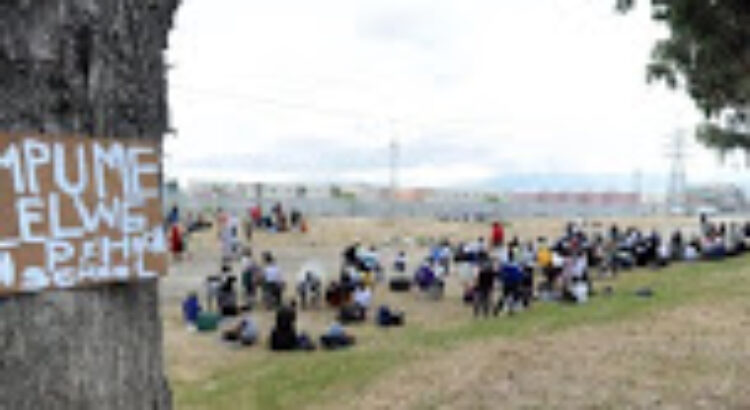




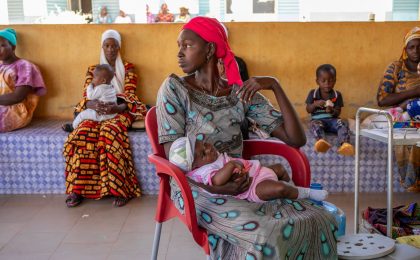

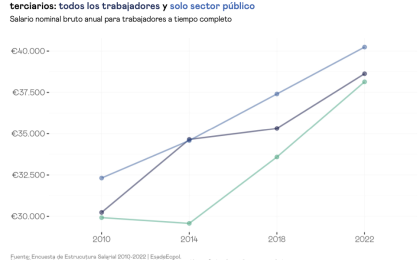

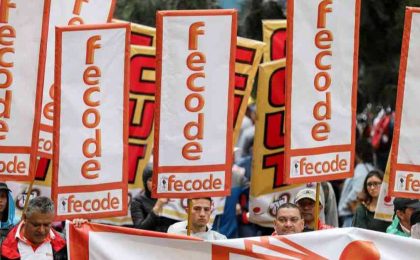

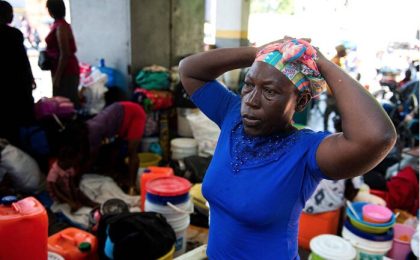
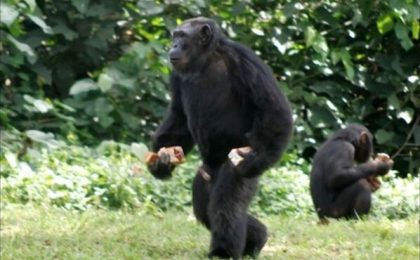




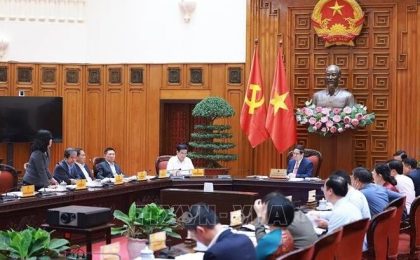

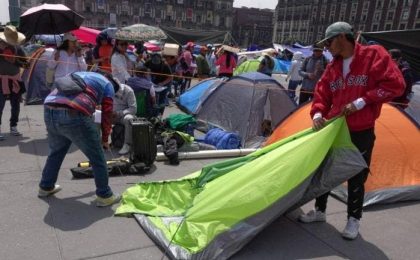








 Users Today : 98
Users Today : 98 Total Users : 35460004
Total Users : 35460004 Views Today : 143
Views Today : 143 Total views : 3418608
Total views : 3418608